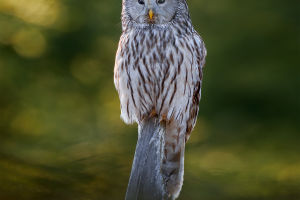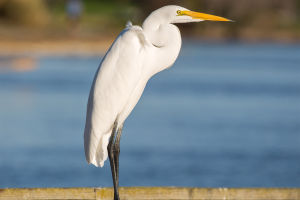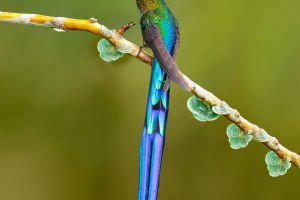Little zebras are extremely attractive animals, their unique appearance and cute body shape make people stop and admire them.
The iconic black and white stripes of zebras are one of the wonders of nature. Each zebra's stripes are like their "fingerprints", unique.
After the little zebras are born, their stripes will be softer than those of adult zebras, with some light brown tones, which not only makes them look more gentle visually but also provides them with a certain camouflage, helping them to be less conspicuous in the eyes of natural enemies.
Zebras live in the African savannah. They belong to the equine family, but unlike horses, zebras live in a very close family. After giving birth, the mother zebra will always guard the little zebra to ensure that they can grow up safely.
In the first few days after birth, the little zebra needs to learn to stand and walk as soon as possible, because the savannah is full of dangers, and predators such as lions and hyenas are always lurking around.
The survival ability of little zebras is also reflected in their rapid learning to integrate into the group. The zebra group is a powerful defensive unit, and collective action can greatly reduce the risk of being hunted.
As little zebras grow up, their stripes change significantly. When they are born, their stripes are lighter in color. Over time, the stripes become more distinct, forming the contrasting black and white stripes that are unique to adult zebras.
Scientists have conducted a lot of research on zebra stripes and believe that these stripes are not just a visual decoration, but also have more far-reaching functions, such as helping zebras regulate their body temperature or defend against insect bites.
These stripes also play a vital role in the social interaction of little zebras. Zebras in a group use subtle differences in stripes to identify each other and ensure that they do not get separated when moving on the savannah.
Although little zebras are smaller than other grassland animals, their bravery and liveliness make them lively. Little zebras often chase and play with their companions to exercise their speed and reaction ability.
This talent for running is crucial in future life. Adult zebras can run at amazing speeds to avoid predators. This kind of game is not only a part of their social life but also a way to practice survival skills.
In the process of taking care of the little zebras, the mother zebras will also help them learn the necessary survival knowledge through interaction. Other members of the group will sometimes participate in it, forming a warm scene of the whole group raising the cubs together.
The eating habits of little zebras are the same as those of adult zebras. They mainly feed on grass and are usually active in the early morning and dusk because the temperature is relatively cool during this period.
Little zebras learn how to choose the most suitable food by imitating adult zebras. They will observe their mothers or other adult zebras and gradually master how to find grass and water sources on the savannah.
The milk of the mother zebra is an important source of nutrition for the little zebras in their early years. As they are gradually weaned, the little zebras begin to find food on their own and slowly integrate into the daily rhythm of the group.
However, the growth process of little zebras is not smooth sailing. They face many survival challenges. In addition to the harsh conditions of the natural environment, the threat of predators is their biggest test.
Although the group can provide some protection, independence is crucial for them. As they grow older, the little zebras learn how to deal with potential dangers. By observing the reactions of adult zebras, they gradually accumulate experience and make the right response in an emergency.
The little zebras are awe-inspiring creatures in nature. Their cuteness and wit make people love and admire them. Although they have faced many challenges since childhood, through the care of their mothers, the support of the group, and their efforts, the little zebras have shown strong survival ability.
The vastness and cruelty of nature have not hindered their growth. On the contrary, these factors have allowed them to bloom with a unique brilliance of life on the grassland.


